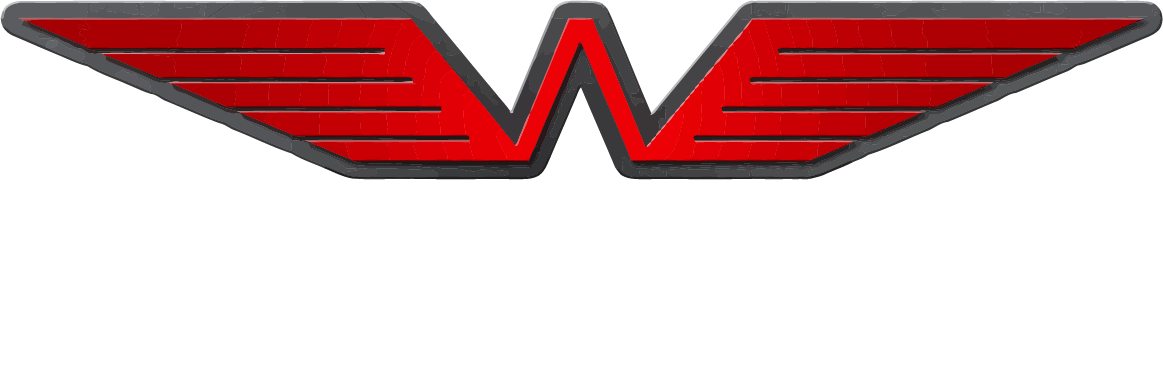

Bio
David Windmiller
Bio
David Windmiller
Meet David Windmiller:
Speed demon, daredevil, mover and shaker, all in one.
From the time David Windmiller was a kid living in Brooklyn, he was raring to go—both physically and mentally. He raced dirt bikes and motorcycles and didn’t stop there. As David puts it, he was drawn to “anything I could get my hands on with a motor.”
He not only had an innate drive for speed, but a quick-witted mind that kept pace with it. He started flying at age 14, even though his father was 100% against it. He says, “I was really not a rebel kid, but it was something I wanted to do.” So on Saturday mornings, when his parents thought he was delivering bagels, he would sneak off to Zahn’s Airport in Amityville for lessons—via bus, subway, the LIRR and cab.
Two years later he was able to solo, and determined to do it on his 16th birthday. Since he couldn’t miss school, he had to ask his mother to drive him to the airport so he could solo and still get back for school. The jig was up, but so was David—flying high over the Great South Bay.
Before long, he tired of flying level and began to experiment. He steered the Piper Cub straight up into the sky and got stuck at the top of the loop, hanging from his seat belt. “Oil and fuel were pouring out of the engine and the propeller stopped,” David recalls. “I held it down long enough to restart the prop. The instructor just started laughing.”
At 17, before he even had his pilot’s license, David started training in aerobatics.
Fast forward to the years of making waves.
In 1985, thanks to the success of Windmiller’s photo finishing business, he was finally able to buy his own motor craft. It was a pleasure boat with a top speed of 60 mph. But it was a 32-foot power boat, aptly named Photo Finish, which brought David the kind of pleasure he craved. Custom-built, mostly by Windmiller himself, it took a year and a half to complete. Able to reach speeds of up to 140 mph, Photo Finish put David in the Open Division—the most competitive class of competition in power boat racing.
Manning the throttle, David not only controlled the speed but also had to make split-second decisions at every wave to decide how much power he needed to avoid disaster. Even without disasters, racing gave the boat such rough poundings, it took 400 hours to undo the damage after each event. The boat had to be virtually rebuilt before each succeeding race.
David raced Photo Finish for several years while still flying, but in 1992 he gave it up to take on aerobatics.
Moving up in the world.
For Windmiller, the sky is unlimited—in more ways than one. Just a year after his 1994 entry into International Aerobatics Club competitions, David was flying in the Unlimited category—where pilots are required to perform the most complex and most difficult compulsory figures of all aerobatic competitions.
Modest about his talent and skill, David feels aerobatics is something in his soul. While most competitors train up to five or six times a week for a full year before going to U.S. Nationals, Windmiller can fly for a week before Nationals, without a trainer, and still end up in the top 5. “It just comes naturally to me,” he says.
Unable to practice before the ’97 Nationals, however, due to his father’s tragic death on TWA Flight 800, David did not fly as well as he could have. Soon after, he quit competition.
In 1999, when offered a sponsorship to return to the field, Windmiller flew at Nationals, and after intense training made the United States Unlimited Aerobatic Team. During his three years on the Team, David flew in the World Aerobatic Championships in France in 2000, finishing in fourth place in the freestyle competition.
Although David says “Flying is the love of my life and something I’ve been doing for 30 years,” it is not the #1 priority in his life. His family is what keeps him on cloud nine. Happily married, with five wonderful children, he finds flying is no competition for them—which is why David no longer competes.
But once a year on Memorial Day weekend, Windmiller fans can still thrill to the sight of his amazing, hair-raising aerobatics at the Bethpage Airshow at Jones Beach, New York.
Coming up next.
David Windmiller may be spending more time on the ground these days, but his newest venture is about to take off. The Waterfiller is a patented, innovative water purification system that David invented after losing close friends and family to breast cancer. Concerned about the possible contamination of both tap and bottled water, and the devastating effects it may have on women, David designed an ingenious solution.
Donations are made to the American Cancer Society from proceeds of Waterfiller sales.
